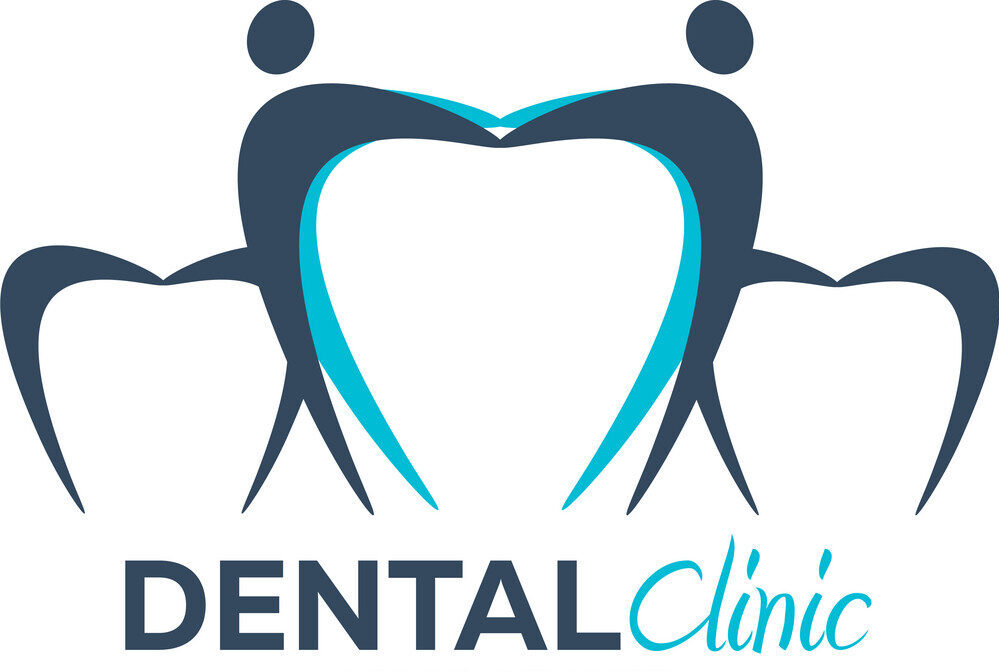Here is the list of the Top Cosmetic Dentists in New Mexico city, USA.
Alameda County, CA
Virginia
New Mexico
San Jose
Bexar County, TX
What is the Biggest Problem Facing Dentistry?
Introduction to Dentistry Challenges
Dentistry, a crucial branch of medicine focused on the health of teeth, gums, and the mouth, faces numerous challenges in the modern era. These challenges range from technological advancements and financial pressures to regulatory compliance and patient anxiety. Understanding these issues is essential for improving dental care and addressing the evolving needs of both dentists and patients.
Biggest Problems Facing Dentistry
1. Financial Pressures and Reimbursement Issues
Running a dental practice involves significant financial investment, particularly in technology and staff training. However, insurance reimbursements often fall short of actual treatment costs, leading to financial strain on practices. Many dentists are exploring alternative pricing models, such as membership plans, to mitigate these issues.
2. Technological Advances and Integration
The rapid pace of technological innovation in dentistry presents both opportunities and challenges. While technologies like digital impressions improve patient care, they require substantial investment in equipment and ongoing training. Smaller practices may struggle to keep pace with these advancements due to financial constraints.
3. Regulatory and Compliance Issues
Dentists must navigate complex regulatory environments, including data privacy laws and sterilization protocols. Failure to comply can result in severe penalties, making regulatory compliance a critical aspect of dental practice management.
4. Patient Anxiety and Dental Fear
Dental anxiety affects a significant portion of the population, leading to avoidance of dental care and poor oral health outcomes. Addressing dental fear is crucial for improving patient attendance and overall oral health.
5. Work-Life Balance and Burnout
The physical and psychological demands of dentistry can lead to burnout. Maintaining a balance between professional responsibilities and personal life is essential for the well-being of dentists.
6. Access to Dental Care and Inequalities
In many regions, especially low- and middle-income countries, access to dental care is limited. This results in untreated oral diseases, which can have severe health implications.
7. Staffing Shortages and Patient Cancellations
Staffing shortages and last-minute patient cancellations can disrupt practice schedules and impact revenue. Effective management strategies are needed to address these challenges.
8. Lack of Transparency in Dental Care
There is a lack of transparency in the dental care process, which can erode patient trust. Improving data management and communication is essential for enhancing patient understanding and satisfaction.
Table: Challenges in Dentistry
| Challenge | Description | Impact |
|---|---|---|
| Financial Pressures | High costs of technology and low insurance reimbursements | Financial strain on practices |
| Technological Advances | Rapid innovation requiring continuous investment and training | Difficulty in keeping pace, especially for smaller practices |
| Regulatory Compliance | Complex legal and ethical requirements | Risk of penalties for non-compliance |
| Patient Anxiety | Fear leading to avoidance of dental care | Poor oral health outcomes |
| Work-Life Balance | High stress levels leading to burnout | Dentist well-being and patient care quality |
| Access Inequalities | Limited access to dental services in many regions | Untreated oral diseases and health disparities |
| Staffing and Scheduling Issues | Shortages and cancellations affecting practice efficiency | Reduced patient satisfaction and revenue |
For more information on oral health challenges, visit the World Health Organization’s page on oral health.
FAQ Section
Q: What are the most significant financial challenges facing dentists?
A: The most significant financial challenges include high costs associated with technological advancements and low insurance reimbursements, which can lead to financial strain on dental practices.
Q: How does technology impact dental practices?
A: Technology offers improved patient care through innovations like digital impressions, but it requires substantial investment in equipment and ongoing training, posing a challenge for smaller practices.
Q: What role does regulatory compliance play in dentistry?
A: Regulatory compliance is crucial as it involves navigating complex legal and ethical requirements. Failure to comply can result in severe penalties, making it a critical aspect of dental practice management.
Q: How prevalent is dental anxiety?
A: Dental anxiety affects approximately 36% of the population, with a further 12% experiencing extreme dental fear. This anxiety can lead to avoidance of dental care and poor oral health outcomes.
Q: What are the main barriers to accessing dental care globally?
A: The main barriers include limited availability of dental services in low- and middle-income countries, lack of awareness about oral health, and financial constraints.
Q: How can dentists address staffing shortages and patient cancellations?
A: Effective strategies include improving staff retention through better working conditions, implementing robust scheduling systems, and engaging with patients to reduce cancellations.
Q: What steps can be taken to improve transparency in dental care?
A: Improving transparency involves enhancing data management systems, providing clear explanations of treatments, and ensuring patients have access to their dental records.
Q: How does work-life balance affect dentists?
A: Maintaining a good work-life balance is essential for preventing burnout and ensuring the well-being of dentists, which in turn affects the quality of patient care.
Q: What is the impact of access inequalities on oral health?
A: Access inequalities lead to untreated oral diseases, exacerbating health disparities and affecting overall well-being. Addressing these inequalities is crucial for improving public health outcomes.
Q: How can dentists adapt to the evolving economic landscape?
A: Dentists can adapt by diversifying their services, exploring alternative pricing models, and staying updated with technological advancements to remain competitive.
Q: What role does cosmetic dentistry play in modern dentistry?
A: Cosmetic dentistry is increasingly popular, not only for aesthetic purposes but also for restorative procedures. It contributes significantly to the growth of the dental industry, with a projected increase in demand for dental services.
Q: How does globalization affect dentistry?
A: Globalization brings both opportunities and challenges. It highlights disparities in access to dental care between developed and developing countries, while also driving advancements in dental technology and treatment standards.
Q: What are the implications of dental diseases on public health?
A: Dental diseases, such as caries and periodontal diseases, pose a significant public health burden. They are largely preventable but can lead to pain, discomfort, and even death if left untreated. Oral health is integral to overall health, and addressing these diseases is crucial for improving quality of life.

